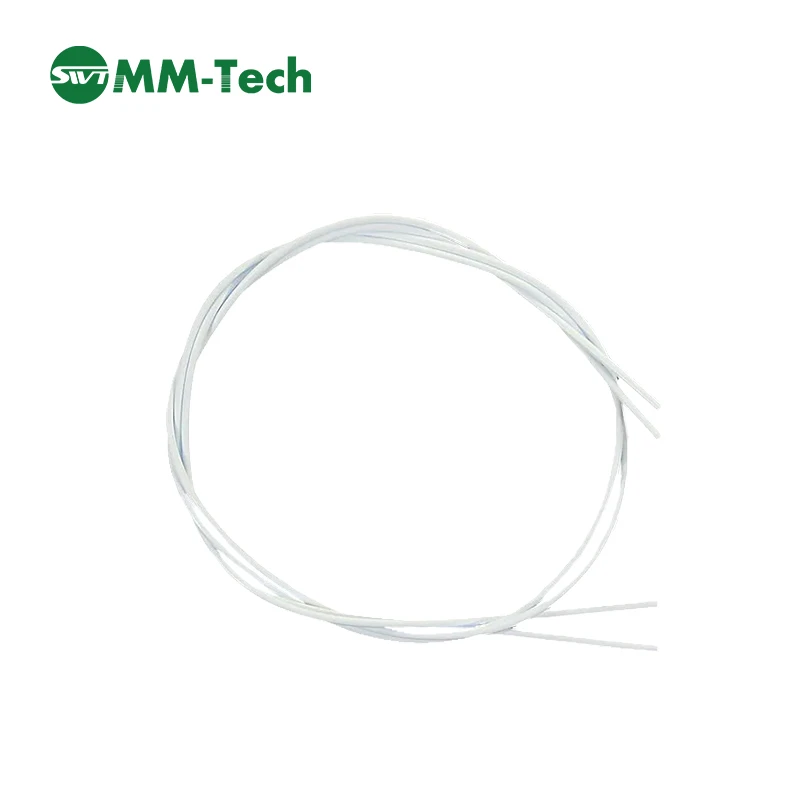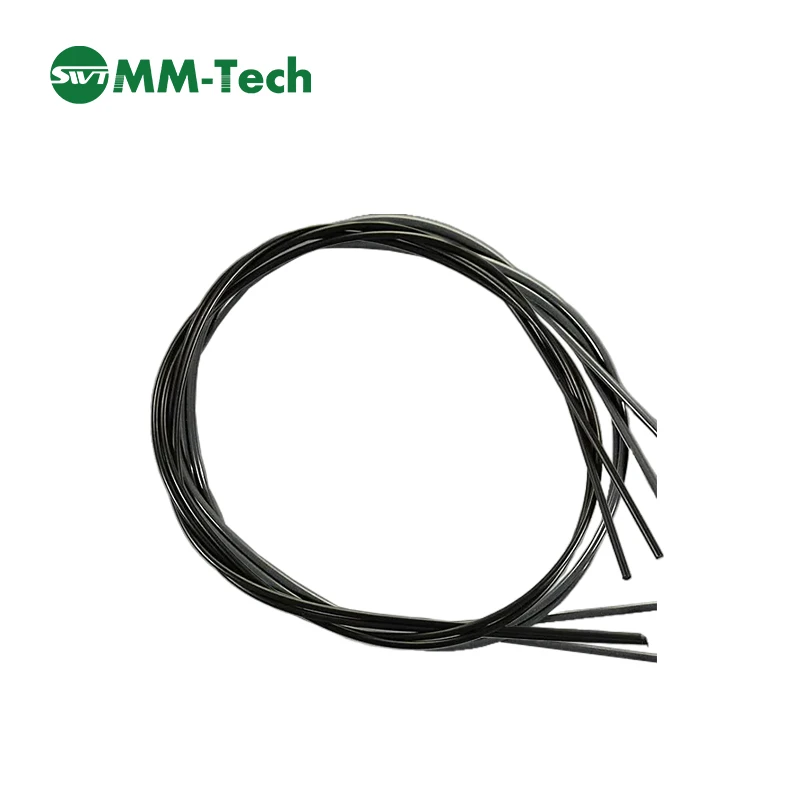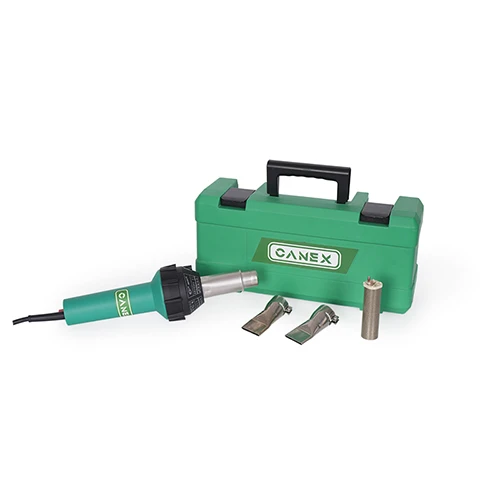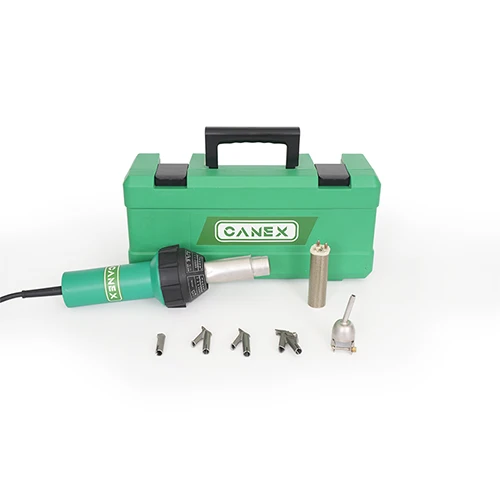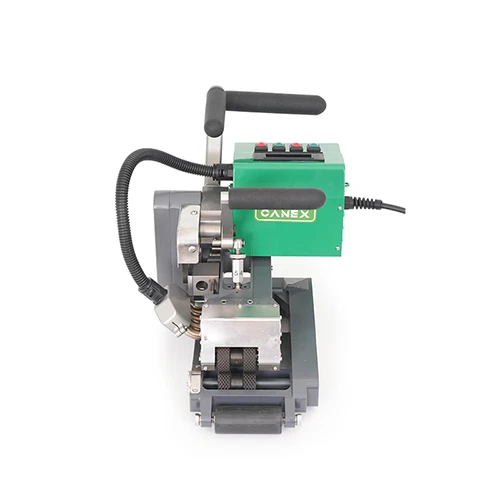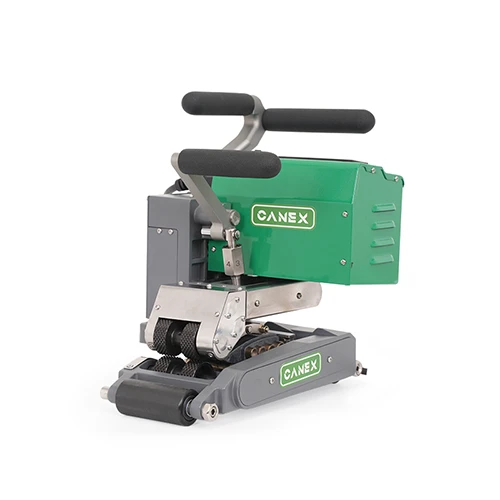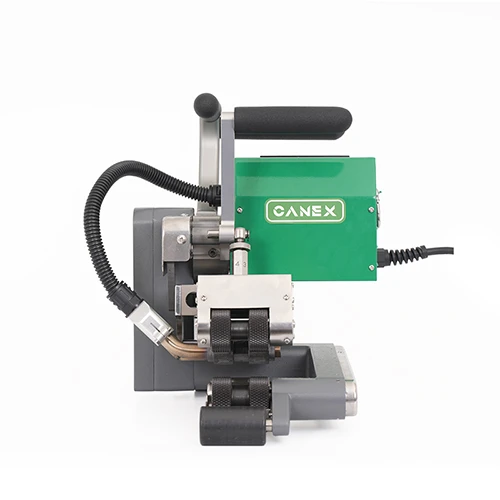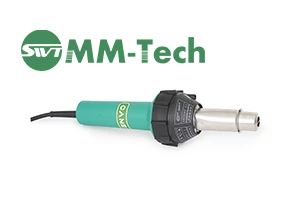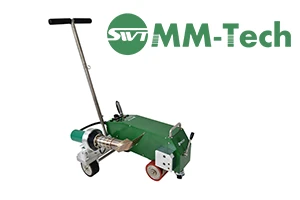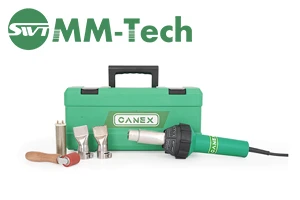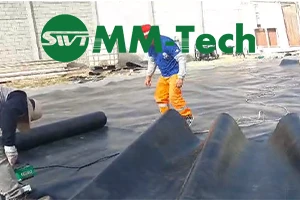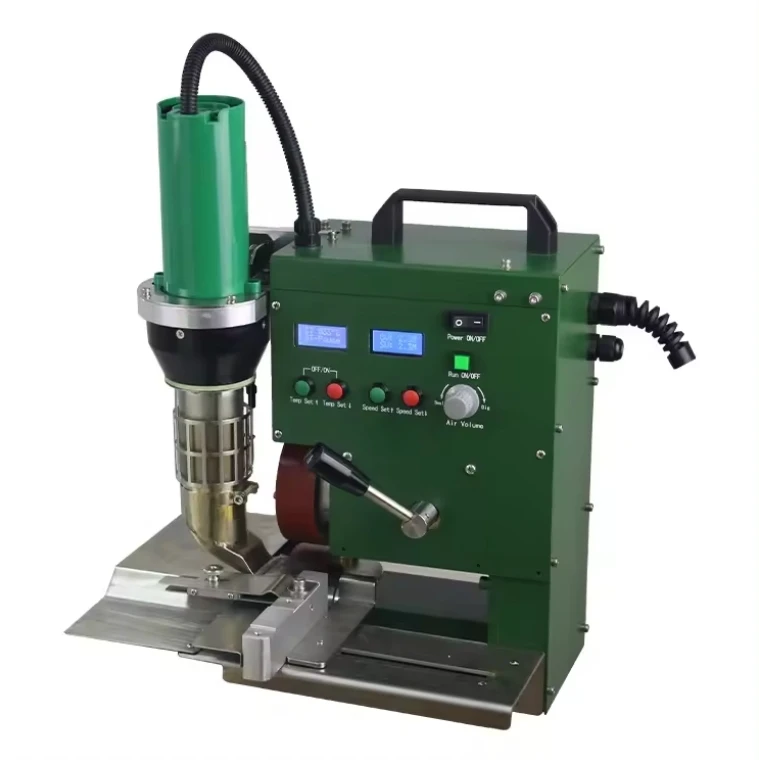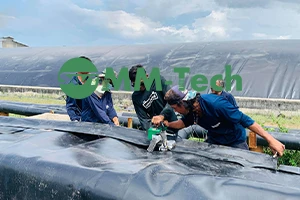-
 Email:info@peweldingmachine.com
Email:info@peweldingmachine.com
-
 +86-137 3974 5191
+86-137 3974 5191
-
 Add:
Add:NO.355,Youyi Street,Qiaoxi District,Shijiazhuang,Hebei,China.
Industrial Vacuum Leak Detectors High-Precision & Durable Solutions
Apr . 26, 2025 07:06
- Industry Challenges & Importance of Leak Detection
- Technical Specifications & Performance Metrics
- Competitive Analysis: Top 5 Market Leaders
- Adaptive Solutions for Specialized Environments
- Operational Efficiency Metrics Across Sectors
- Integration with Industry 4.0 Systems
- Future-Proofing with Vacuum Leak Detector Innovations
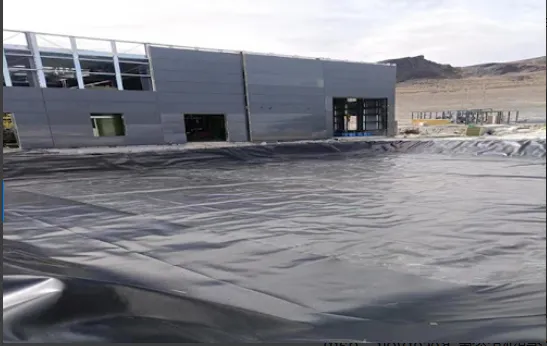
(vacuum leak detector)
Addressing Critical Manufacturing Gaps with Vacuum Leak Detection
Industrial vacuum systems lose 12-25% of operational efficiency due to undetected leaks (ASME 2023 report), emphasizing the need for precision detection. Modern vacuum leak detector
s combine helium mass spectrometry (up to 1×10⁻⁹ mbar·l/s sensitivity) with IoT-enabled predictive maintenance algorithms. The global market reached $1.7B in 2023, driven by aerospace and EV battery manufacturing demands.
Performance Benchmarks Across Detection Technologies
Third-party testing reveals significant variations in detection capabilities:
| Technology | Detection Range (mbar·l/s) | Response Time | False Positive Rate |
|---|---|---|---|
| Ultrasonic | 1×10⁻³ to 1 | ≤5s | 8.2% |
| Pressure Decay | 1×10⁻⁴ to 0.1 | 30-180s | 3.1% |
| Helium Mass Spec | 1×10⁻⁹ to 1×10⁻⁴ | 2-15s | 0.04% |
Market Leaders: Feature Comparison
Independent lab evaluations (ISO 17025 certified) show key operational differences:
| Brand | Detection Threshold | Calibration Interval | IP Rating | Price Range |
|---|---|---|---|---|
| Inficon | 5×10⁻¹⁰ | 24 months | IP54 | $18K-$45K |
| Pfeiffer | 2×10⁻⁹ | 18 months | IP65 | $22K-$52K |
| Agilent | 1×10⁻⁹ | 36 months | IP40 | $27K-$61K |
Customization for Extreme Conditions
Specialized vacuum leak checkers now support:
- High-vibration environments (up to 15G RMS)
- Cryogenic applications (-200°C to 150°C)
- Explosive atmospheres (ATEX Zone 0 certified)
Modular designs enable 87% faster component replacement versus traditional models.
Cross-Industry Implementation Data
Field data from 450 installations (2021-2023):
| Sector | Mean Time to Detect | Energy Saved | ROI Period |
|---|---|---|---|
| Pharma | 3.2h | 17% | 8.3mo |
| Automotive | 1.8h | 23% | 5.1mo |
| Semiconductor | 0.7h | 31% | 11.2mo |
Smart Integration Capabilities
Next-gen detectors feature:
- OPC UA server compatibility
- Modbus TCP/RTU protocols
- MQTT data streaming
Integrated systems reduce false positives by 39% through machine learning analysis.
Advancing Production Reliability Through Vacuum Leak Detector Evolution
Recent breakthroughs in quantum vacuum measurement (patent pending: US20230366884A1) promise 0.5nm resolution for microleak identification. Field trials demonstrate 92% reduction in unscheduled downtime when combining advanced detectors with predictive analytics. Manufacturers adopting AI-driven vacuum leak checkers report 14-month mean time between critical failures – 3.7× longer than industry average.

(vacuum leak detector)
FAQS on vacuum leak detector
Q: What is an industrial vacuum leak detector used for?
A: An industrial vacuum leak detector identifies leaks in vacuum systems or sealed equipment. It ensures operational efficiency and safety in manufacturing or processing plants. Common applications include HVAC, automotive, and aerospace industries.
Q: How does a vacuum leak detector work?
A: A vacuum leak detector uses sensors to measure pressure changes or trace gas emissions (like helium). It pinpoints leakage locations through audible alarms or visual indicators. Advanced models provide quantitative leakage rate measurements.
Q: What types of vacuum leak checkers are available?
A: Common types include ultrasonic detectors, helium mass spectrometers, and pressure decay testers. Portable handheld units are ideal for fieldwork, while fixed systems suit continuous industrial monitoring. Choice depends on sensitivity requirements and application scale.
Q: Can a vacuum leak detector test both positive and negative pressure systems?
A: Yes, many modern detectors support bidirectional testing. They can identify leaks in vacuum (negative pressure) and pressurized systems. Always verify the device's specifications before use.
Q: How often should industrial vacuum leak detectors be calibrated?
A: Calibrate annually or per manufacturer guidelines, typically every 6-12 months. Frequent use or harsh environments may require more frequent calibration. Proper maintenance ensures measurement accuracy and extends equipment lifespan.
Related Products
Related Video
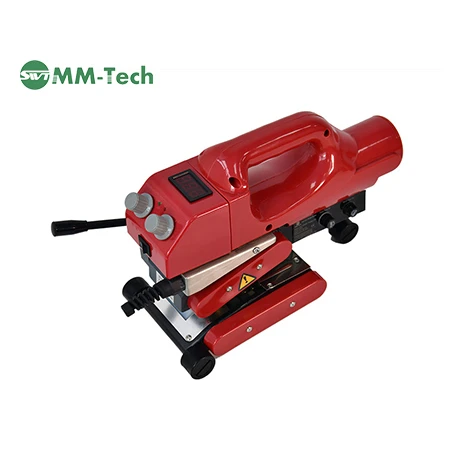

Geo Hot Wedge Welder With Digital Display SWT NS800D Operation Guide
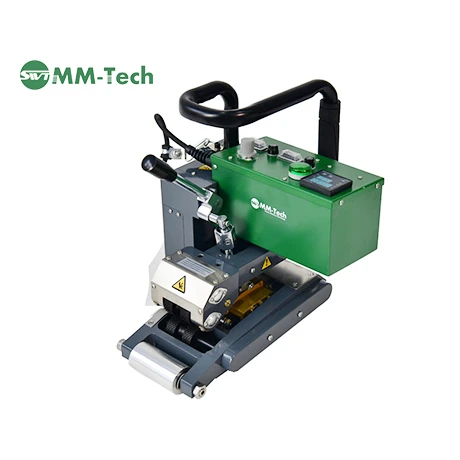

Heavy-Duty Geo Hot Wedge Welder SWT-NS900 Operation Guide
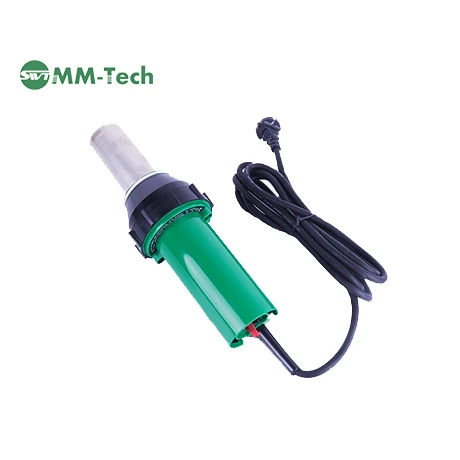

Powerful Professional Hot Air Tool SWT-NS3400A Operation Guide
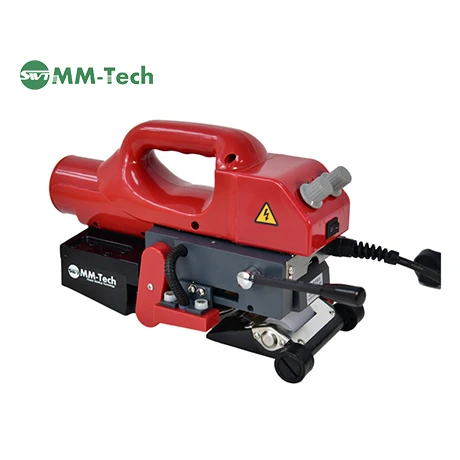

Geo Hot Wedge Welder SWT NS800 Operation Guide
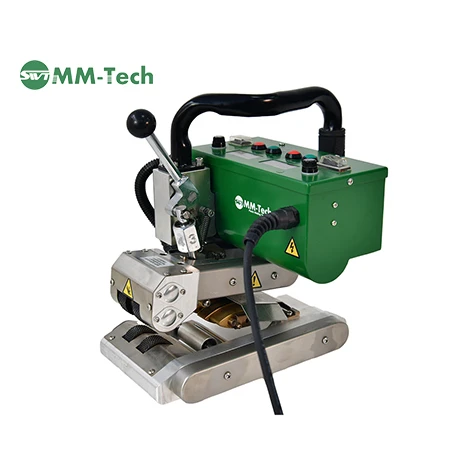

Compact HDPE Hot Wedge Welding Machine SWT-NSGM1 Operation Guide
Related News
SUBSCRIBE NEWSLETTER
Dear customer, thank you for your attention! We provide high-quality machinery and equipment and look forward to your orders. Please inform us of your needs and we will respond quickly!









